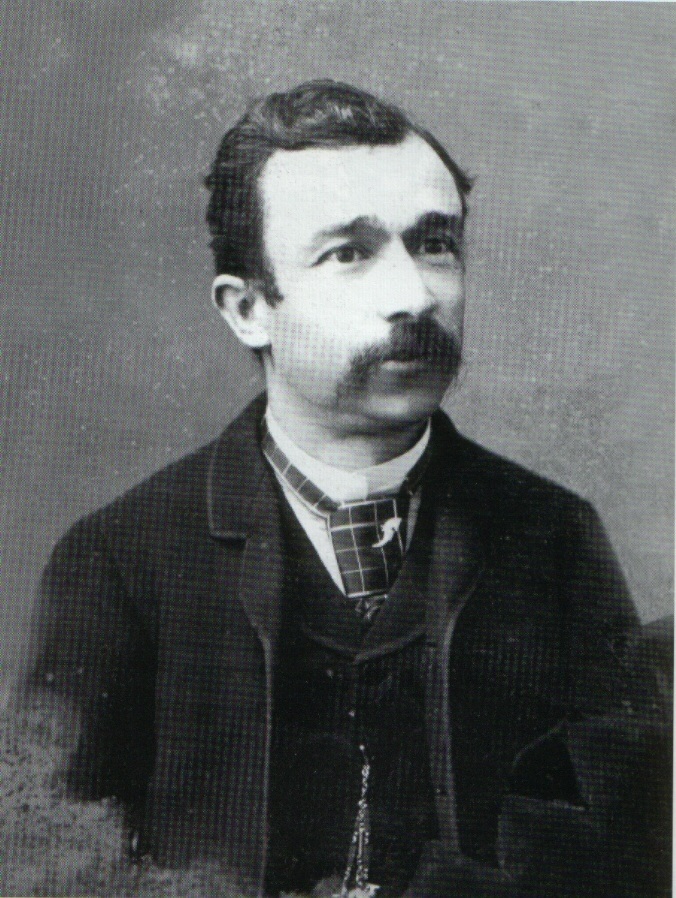Costantino Costantini

Biographical information
| Roles | Competed in Olympic Games |
|---|---|
| Sex | Male |
| Full name | Costantino•Costantini |
| Used name | Costantino•Costantini |
| Born | 11 August 1904 in Oneglia, Imperia, Imperia (ITA) |
| Died | 9 June 1982 in Milano, Milano (ITA) |
| NOC |  Italy Italy |
Biography
After high school, Costantino Costantini was educated at the Politecnico di Torino Faculty of Engineering and graduated in 1927. A few years later he also received a degree in architecture. First, he worked in Turin and planned there the first house for the fascist youth organization “Opera Nazionale Balilla”. After winning a competition for an obelisk at the Foro Mussolini in Roma, Costantini moved to Roma, where he designed a number of public offices of great importance: he continued the work of Enrico Del Debbio at the Foro Mussolini, built the Stadio dei Marmi, and an Olympic size swimming pool. After World War II his main focus was designing industrial buildings.
The swimming pool Palazzo delle Terme, built in 1933-38, mirrors the Ministero della Guerra’s Central Military School of Physical Education. It consists of two buildings of equal size and structure, connected by an overpass, in which the Great Hall is decorated with wall ornaments. In the external structure, the two buildings are very similar, both in the materials used, as well as in the details on the facades and in the shape of the building. The building accommodated the music academy, the indoor pool and the gymnasium of the Duce, now home to the sports high school and the RAI auditorium. The tennis stadium (Impianti della Racchetta) on the Foro Mussolini was constructed around the same time (1933-35) as the Foresteria Nord (1934-37). The tennis courts have hosted the Open Italian Championships since 1935, while the Foresteria Nord, originally athletes’ accommodation and training grounds, now houses an administrative school and offices.
Results
| Games | Discipline (Sport) / Event | NOC / Team | Pos | Medal | As | |
|---|---|---|---|---|---|---|
| 1936 Summer Olympics | Art Competitions |  ITA ITA |
Costantino Costantini | |||
| Architecture, Architectural Designs, Open (Olympic) | ||||||
| Architecture, Further Entries, Open (Olympic) | ||||||
| Architecture, Further Entries, Open (Olympic) |